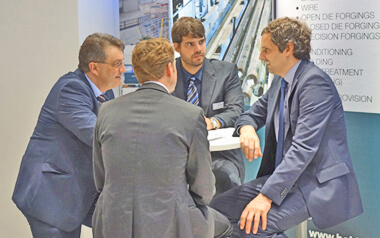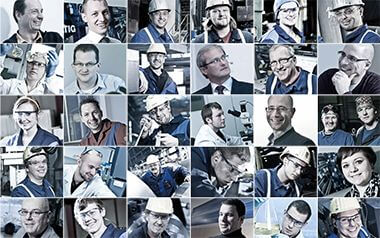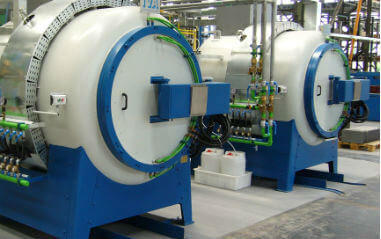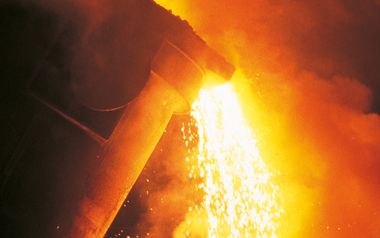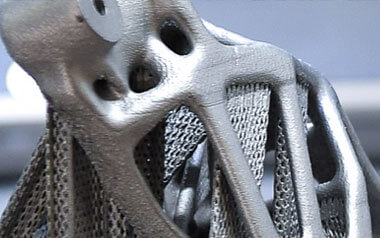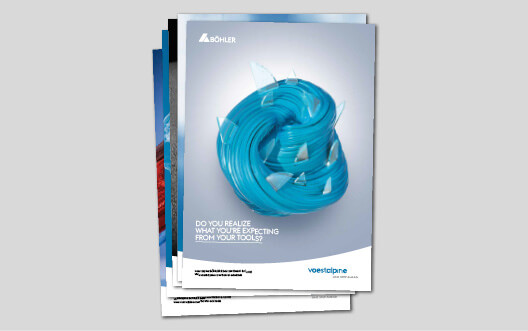Steels are considered heat-resistant if they have good mechanical properties under short- and long-term stress and are particularly resistant to the effects of hot gases and combustion products as well as molten salts and metals at temperatures of approximately above 550°C. However, their resistance is very much dependent on the attack conditions and can therefore not be characterised exactly by values obtained in a single test method. At temperatures above 550°C, a reaction occurs between the steel surface and the gas atmosphere, during which oxide layers, the scale, are formed. While the affinity of the reaction partners plays a decisive role at the beginning of the scale formation, this process is subsequently influenced by diffusion and inhibited by special alloying elements if the adhesion and tightness of the scale layer is sufficient.
This is mainly achieved by the oxides of the alloying element chromium. Silicon and aluminium also increase the scale resistance.
A distinction is made between ferritic, ferritic-austenitic and austenitic steels; the ferritic and ferritic-austenitic steels are magnetisable, the austenitic steels are not.
The highest temperature stress in air up to about 1150°C can be achieved with special ferritic and austenitic heat-resistant steels. The highest resistance in sulphurous gases is achieved with ferritic steels. Austenitic steel types achieve the highest resistance in nitrogen and oxygen containing gases. Austenitic heat-resistant steels are more suitable for welding than ferritic and ferritic-austenitic steel types. For some steel types with particularly high chromium contents, there is a risk of embrittlement due to sigma phase in continuous operation in the temperature range from 600 to 850°C and due to coarse grain formation above 950°C.
Heat-resistant steels are usually melted in air.
Preferred fields of application for heat-resistant steels are furnace and boiler construction, the glass, porcelain, cement and ceramic industries, mechanical engineering, the oil and gas industry and power engineering.


